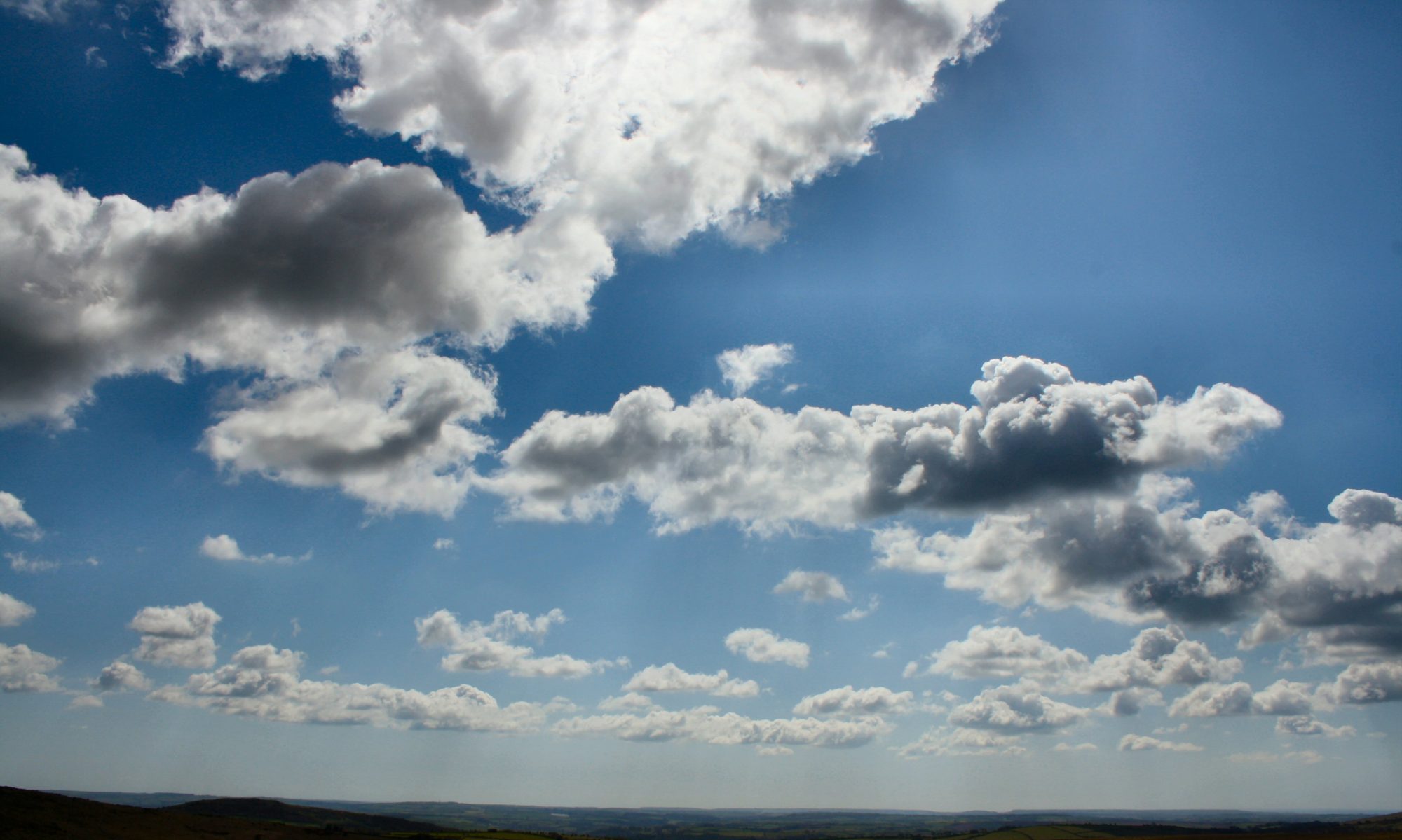Bridford Parish Council is pleased to post the Parish Plan for 2023/2024. Any formal or informal feedback would be gratefully received.
The plan can be found here.

In the Teign Valley
Bridford Parish Council is pleased to post the Parish Plan for 2023/2024. Any formal or informal feedback would be gratefully received.
The plan can be found here.
The Parish Council is looking for input. Please complete their questionnaire by following the link or scanning the QR code.
I wanted to take this opportunity to publicly thank the Snow Team for being available and wiling to go out and grit the hill again this winter. Their efforts are really appreciated. Highways have just stopped sending out daily updates so we can conclude that winter is officially over! The gritter is still work in progress, no luck so far in fixing it. Anne Mayes
Monthly Wildlife Challenge – May’s Challenges
No Mow May
This month’s challenge is to put away the mower for the month of May. Letting your lawn grow gives flowers such as daisies, dandelion, selfheal and clover the chance to flower, providing much needed nectar for a wide range of insects including bees, butterflies and beetles.
No Mow May is a national campaign to encourage people to leave their lawns for a month. A tight clipped weeded lawn has little value for wildlife and collectively, lawns cover a large area of land in the UK (approximately 988,421 acres, which is bigger than England’s national nature reserves combined), so by reversing the trend for manicured lawns, we create a significant area of habitat. The campaign has really taken off over the last few years, with many people now choosing to mow less.
If you’re not keen on the longer grass, a mown path through it creates a more managed look and in fact different lengths in a lawn provide a great range of habitats – the longer grass gives nesting sites for species such as hedgehogs and toads, a mid length meadow mowed 2-3 times per year outside of April-August allows knapweeds and scabiouses to flourish, and the shorter grass allows Bird’s-foot-trefoil to flower, providing a fabulous food source.
If you don’t have a lawn, why not encourage someone you know to let it grow, or have a look at where you work and see if there is any scope there. Bridford is taking part in No Mow May with its verges, which will remain uncut other than paths, till later in the year. We will be doing a survey of the flowers on the verge in May/ June. See No Mow May for more information and resources.
Give pesticides a miss
A recent study has shown that pesticide use in gardens is having a negative impact on bird populations. The study found that there were 25% fewer house sparrows when glyphosate was used regularly. It also found that where the recently banned metaldehyde slug pellets were used, house sparrow numbers were down by almost 40%. Bird populations are under threat on a number of fronts including habitat loss and bird diseases, with breeding UK populations down by 19 million since the 1960s. Pesticide use is a relatively new addition to garden management and re-embracing a wilder garden with a few nibbled leaves, gives these birds a haven that they very much need. There is useful advice on gardening without chemicals at DWT chemical free gardening
[email protected] / 01647 253641
NOTICE OF UNCONTESTED ELECTION
Teignbridge District Election of Parish Councillors for Bridford Parish Council on Thursday 4 May 2023
I, Phil Shears, being Returning Officer at the above election, report that the persons whose names appear below were duly elected Parish Councillors for Bridford Parish Council.
Name of Candidate G
GALLAGHER Emma Louise
MARRIOTT Pippa Corbyn,
PADGHAM Jennifer Eileen
PURSER Stephen
TOPLEY Judy
Monthly Wildlife Challenge
In response to last month’s challenge, the first sighting of a celandine was reported by Jacob from Bridford who spotted this on 27th February on the green lane near Windhill Gate. It is interesting to compare these first sightings year on year as it gives an insight in to how the climate is changing, with spring flowers now appearing on average a month earlier than they did in the mid 80s. A record of first sightings of flowers, tree blossom, frogspawn etc is useful for scientific data and everyone of us can help with this. Why not record your findings through out the year on the Woodland Trust Nature’s Calendar
Old and New
This month’s challenge is to re use and re cycle old containers such as walking boots, wellie boots, pot and pans, jugs etc, and use them as plant pots. Drainage holes might be needed in some containers. Be as creative and original as you can and plant your containers with a selection of flowers attractive to pollinators. Please do send a picture of your creation.
Welcome the Weeds
Sometimes leaving what is already there is as good as rethinking an area for wildlife. Many plants that are perceived as weeds offer an invaluable source of food and shelter to insects, small mammals and birds throughout the year. As part of this month’s challenge, leave the dandelions growing through some paving or in your lawn, let the nettles grow in a corner and even embrace a clump of the humble dock. So, what particular benefits do these plants offer?
It can take a change of outlook to accept these plants when eradication has been promoted over the years, but once you see the life that comes with them hopefully they will become a welcome addition to your garden. Do send us a photo of your patch and any creatures that they attract in.